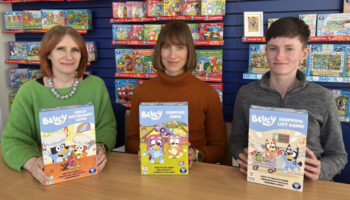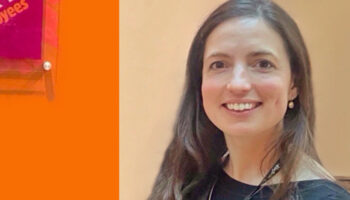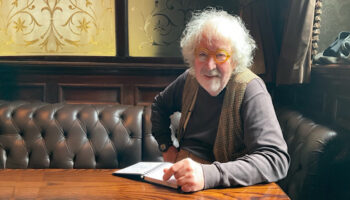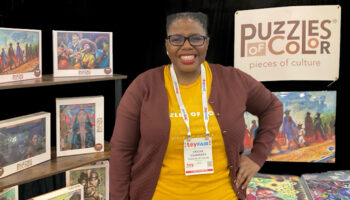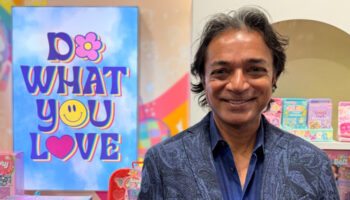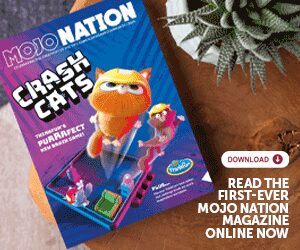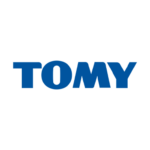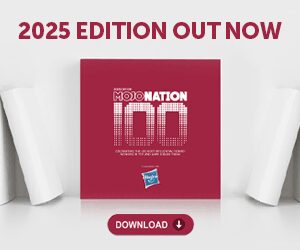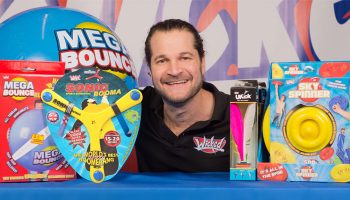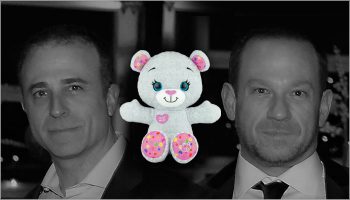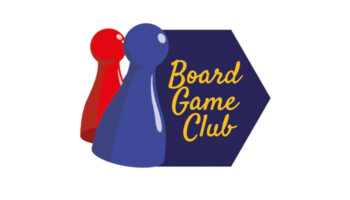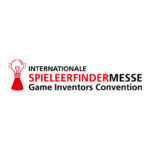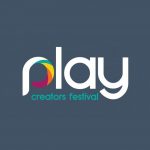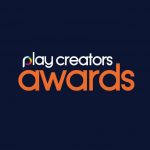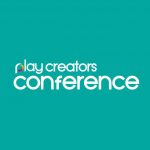“Each piece has a mind of its own”: Alexander Neumann on the origins – and future – of his stacking game, Misfits
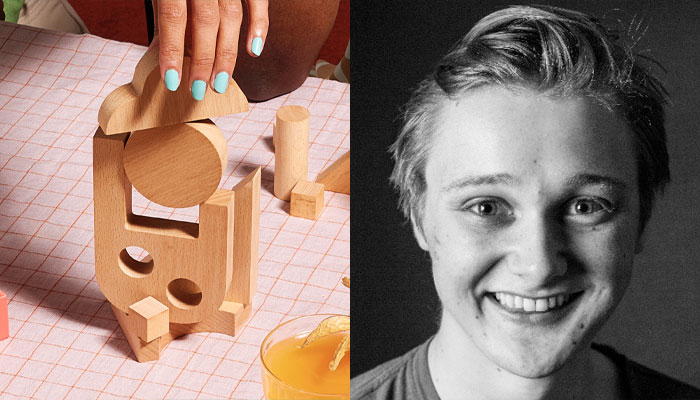
Alexander, it’s great to connect. For anyone new to Misfits, how would you pitch the game?
Misfits is the next classic stacking game – easy to learn, simple to play and impossible to put down. The goal? Stack 10 blocks before the tower collapses. But forget uniform, rectangular blocks – each shape is curiously and oddly shaped, making for gravity defying towers, nail-biting tension and satisfying sabotage. Spot the move no one else saw or set up a collapse that takes everyone down with you. Each piece has a mind of its own, forcing players to get creative, take risks and embrace a bit of chaos. The first time you play is as good as the fifth.

How did this idea come about? What sparked it?
I was born and raised on the west coast of Canada but studied at the University of the Arts London. In my final year of studies, my course allowed students to submit to the UK-based D&AD New Blood Awards. I had this lingering sense to create something tangible – something outside of the digital, graphic design work that dominated my student portfolio. This award competition felt like the perfect opportunity to make something with a lasting impact, even if it was making the shortlist.
The idea for Misfits took shape after a visit to Draughts in Hackney with two university friends. While Draughts’ overall board game selection was impressive, the dexterity section felt oddly limited – amounting to Jenga and Chairs. I remember thinking: Why isn’t there a stacking game with shapes beyond the rectangular blocks?
And that question set you off on a dive into game design?
Yes – the question stuck with me. A few weeks later, and working with my university’s wood technicians, I had a rough concept – but my tutors weren’t convinced.
No?
One tutor felt the prototype thought it was too close to Jenga and effectively not worth pursuing, but when I invited my friends and a flatmate over for pizza to test both ideas, the reaction to this early iteration of Misfits was immediate. It made me realise it had potential far beyond a student project. That’s what pushed me to refine and develop it into a commercially viable game.
Was there much trial and error in terms of working out which shapes to use?
Yes and no. The wood shop at Chelsea College had its limitations – we could only work with basic geometric shapes like triangles, rectangles and hexagons. It quickly became clear that, if Misfits were to stand out, the game needed quirkier, more unexpected forms.
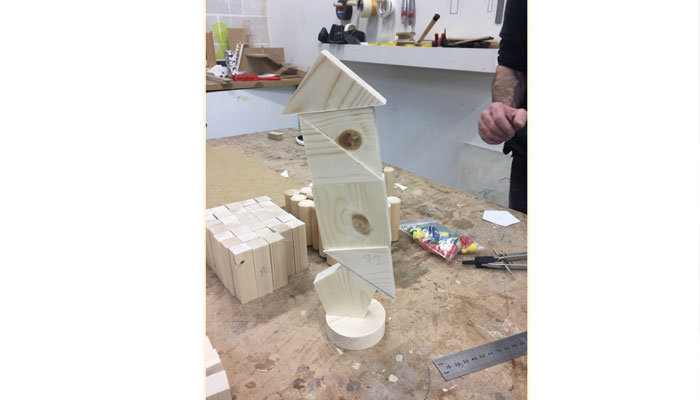
At the time, there was a Japanese typographic game, BEAR, floating around the tutors’ office. We borrowed some of its quirkier shapes for early testing. Then, to push things further, I sourced a CNC machine within the university to produce more complex shapes and experimented with different woods. From there, it became about practicality: How do all these shapes fit into a single box? That led to cutting the number of blocks from 80 to 40, while ensuring every piece still contributed to the game’s unique feel.
It’s a good-looking game! How much weighing up was there around form versus function with the shapes?
Not much, surprisingly. Misfits had to be visually striking on the table but still function as a game, so the process was more intuitive than calculated. A lot of it came down to my background in abstract painting from high school – ensuring that each individual piece looked interesting on its own, while also feeling cohesive as a set. There is an underlying grid system in place to ensure the shapes fit too.
That said, practicality played a role too. I had a graduation show deadline to meet, and everything had to fit neatly into a box. That constraint demands clear-cut design decisions.
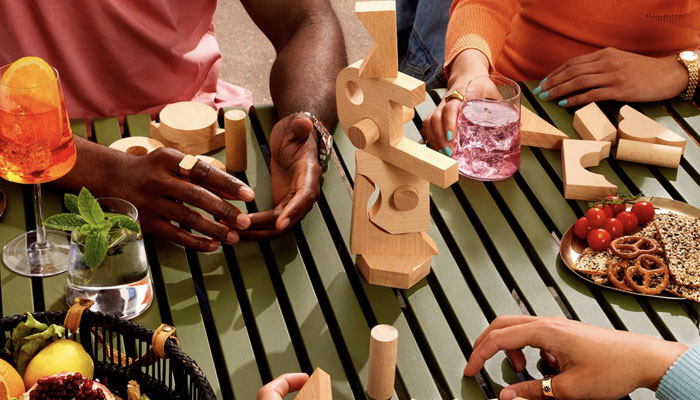
You’re launching a limited-edition artist edition this year. Talk us through what to expect from this?
We collaborated with the incredibly talented Tom Abbiss Smith, whose nature-inspired collage style brings a unique vibrancy to Misfits. His designs blend organic and geometric forms, layered textures, and warm, earthy colour palettes – giving everything a hand-crafted, screen-printed feel.
We also wanted to bring in a typographic expert to refine the visual identity of this edition. That’s where Alison Carmichael – who has worked with brands like Coca-Cola, Google, Facebook, Stella Artois, Santander, Molson Coors – came in. Her mastery of lettering and composition perfectly complements Tom’s work, adding another layer of depth and sophistication.

Beyond the visuals, this edition also marks the beginning of something new for Misfits. We’re starting to break out of the original shape set, introducing fresh design possibilities. As part of this, we’re including a special challenger block – a unique new shape designed to push players’ creativity, and patience, even further.
At its core, my goal with Misfits is for it to be as much a feature in someone’s home – something you’d expect to see in Architectural Digest – as it is a fun, engaging game. This artist edition is the beginning of that vision, celebrating creativity while keeping the core gameplay intact, elevating Misfits into a true collectible piece for your coffee table.
Terrific. And beyond that, what are some of your big hopes for Misfits? Where do you want it to be by the end of the year?
We’re having really productive conversations with distributors and major retailers across North America, Australia and the UK. I can’t say too much yet, but it’s surreal knowing Misfits will soon be available in countries and storefronts I’ve never even stepped foot in. Seeing the level of response – customers buying cartons of games – has been one of the most rewarding aspects of this journey.
The success of Misfits proves that simple, inclusive, and accessible games can thrive. That’s a big part of why we’re organising a charity auction to support LGBTQ+ causes and gamers. We’ve already had Netflix’s Heartstopper’s Alice Oseman, Dean Tempest from Big Potato, and Neil Patrick Harris sign, with more high-profile names in the pipeline. It’s not just about raising funds; it’s about using play to bring people together and make a tangible impact.
Before we wrap up, what fuels your creativity?
Ultimately, I’m fuelled by curiosity and a need to break patterns. If something feels too obvious, I lose interest. I like creating things that feel slightly off… That challenge people to interact in ways they didn’t expect, whether in play or in the way they see an object in their home.
And do you have other ideas for games? Is Misfits set to be the first of many?
There are definitely more ideas in the pipeline, but I’m not in a rush. Misfits still has so much potential to explore; whether through expansions, collaborations, or new formats. I’d rather build something lasting than chase the next thing just for the sake of it.
Thanks again! And for anyone interested in checking out Misfits, head to https://misfits.co/
–
To stay in the loop with the latest news, interviews and features from the world of toy and game design, sign up to our weekly newsletter here





